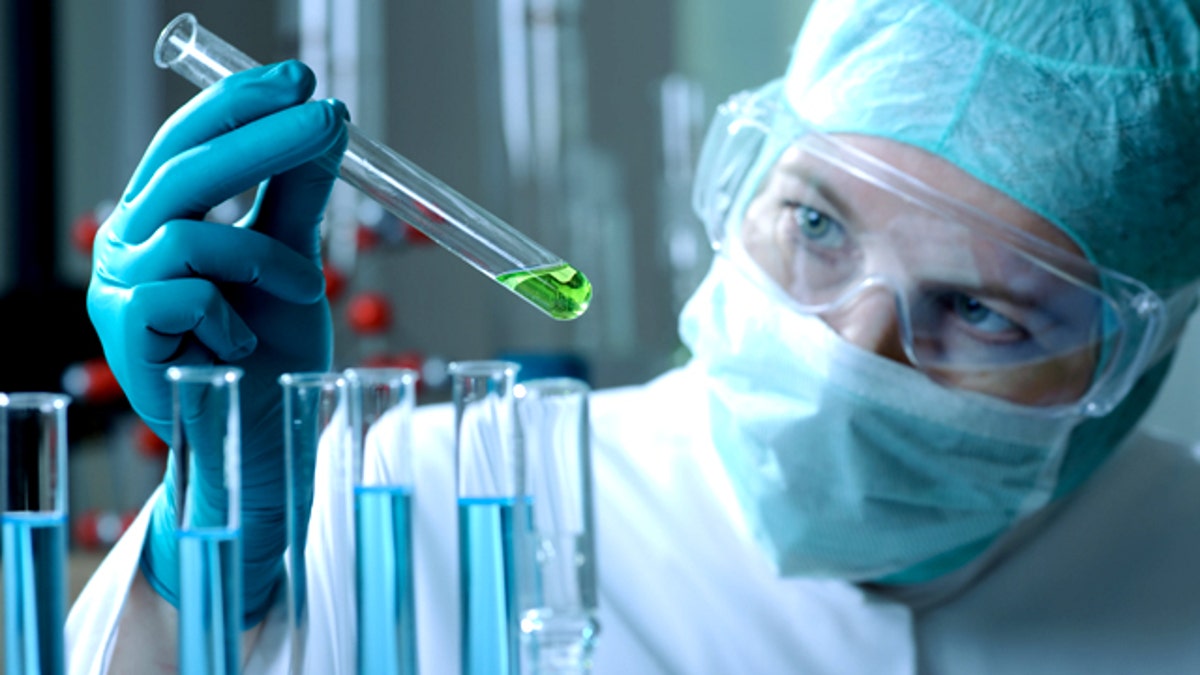
(iStock)
Scientists have pinpointed a gene in humans that causes male embryos to develop female genitalia, according to a report from New Scientist.
Andrew Sinclair of the Murdoch Children’s Research Institute in Australia hopes the discovery will aid in the diagnosis and treatment of sex developmental disorders.
One in every 4,500 babies have gene mutations that lead to disorders of sex development (DSD), the researchers point out. Often this leads to ambiguous genitalia or physical appearances that contrast their chromosomal gender -- such as girls who do not develop breasts or have excessive body hair.
Sinclair, along with Harry Ostrer of New York University compared the genes of 16 people affected by DSD where male embryos developed female genitalia and overall appearance. All 16 patients had a mutation in the MAP3K1 gene. In follow-up tests in mice, the equivalent gene was found to be highly active during development.
According to Sinclair, the MAP3K1 gene is part of a complex signaling pathway that leads to normal testes development.
"It's a long genetic pathway to testis development," said Roger Short, a reproductive biologist at the University of Melbourne, Australia. Short is "completely convinced" that this gene plays a part in some cases of DSD.
The team published its findings in the American Journal of Human Genetics
Read more about the study in New Scientist.
